I didn’t choose the title entirely by chance, because I actually wanted a treat for both: working in a video studio with precise sound and the appropriate sound system after work as a reward and relaxation for stressful hours. This may sound simple at first, but it is not. Analytical reproduction during mixing and cutting does not necessarily have to arouse the emotions that should create proper sources of relaxation. One usually consumes differently than when one works and listens like a lynx. Especially since you are sitting directly at the table when working and when passing the time later on you are rather a few meters away, preferably not alone.
Often enough the better is the worst enemy of the good and so the somewhat older nuPro A-200 and the AW-350 also had to face this comparison, which, I’m afraid I have to put it so harshly as a spoiler, they have lost brilliantly. From the outside the nuPro X-3000 RC does not even differ that much from the A-200. At least not as long as you don’t use them. But the difference is then clearly audible for the trained eavesdroppers. This is now a judgement of the very highest order, because the A-200s are still a kind of reference today. But there are still clear winners, otherwise I wouldn’t have a review today and still the “old” boxes.
Because you have to give Nubert credit for one thing, the 30-day trial listening is a great thing. There you don’t have to do the otherwise unfortunately usual contortions with the right of withdrawal and drive any middlemen into trouble – Nubert still relies on honest direct sales and you can have all this delivered for a relaxed testing in your own four walls. However, it should hardly be a risk for the manufacturer, because unpleasant surprises during the test run are hardly to be feared.
Accessories and scope of delivery
The boxes are not delivered as a pair, but you buy two self-sufficient and absolutely identical single boxes for stereo operation. The accessories are also identical, so that you have to think of everything twice now. By the way, there are also advantages, because even the remote control can be used twice. One for the wife and one for himself. But what’s in the box now, apart from the quick start guide (linked below) and the manual?
Besides the magnetic front cover, you get the mentioned remote control with battery, a useful HDMI-ARC adapter, a power cable (3 meters), a jack to RCA adapter cable (1.5 meters), an electric digital cable (coax, 3 meters), an optical digital cable (SPDIF, 1.5 meters), a stranded USB cable (Type A/Type B, 1.5 meters) and the mentioned reading material for the beginner’s group. That’s all you need, I just missed little Nubi very much. Unfortunately, this has become a kind of victim of globalization, because for the manual belly brushing with paint you would need a new German manufacturer.
Speaking of globalisation: the active nuPro range is now manufactured entirely (under supervision) in Asia. Together with a main manufacturer known in the industry, the products of the “furniture joinery” also result together with the products of specialized suppliers of all components such as of the chassis and printed circuit boards together with the appropriate selection of components gives a well-rounded picture. Here, too, the principle still applies that you get what you pay for – with the necessary addition that you monitor this sufficiently well on site.
Unboxing, optics, haptics and chassis
The rounded longitudinal edges, which we also found in the previous models, are supposed to prevent harmful edge dispersion, and so Nubert remains reasonably true to himself, at least in the case of the body, which comes in the form of a solid MDF box with the familiar black or white sanding varnish. Little excitement, but with consistency. Due to the dimensions of 30 cm height, 18.5 cm width and 23.3 cm depth (including cooling fins), the box is clearly more compact than an A-300, but therefore no less powerful, as we’ll see in a moment. But this is also where the common ground ends.
The loudspeaker recesses and the fixings have changed, especially since the screws of the front mounting are now covered by neatly fitted rings, thus implementing a kind of wave guide in the tweeter that is even quite smart. The bass reflex port is located on the rear panel. The control unit with the OLED display has also grown, but I’ll get to that in a moment. With the 6.6 kilos per box, you already have a decent heavyweight that stands securely and non-slip on a total of four rubber feet that are already glued on. If you want something different, you are welcome to upgrade.
The chassis of the Nubert nuPro X-3000 still come from Peerless, although the Danish company is only a brand after being bought up by Tymphany and like almost all American offshoots has become “made in China”. At least with Peerless, this does not affect the quality of the product. Besides it is always quite practical to have the e.g. which produces chassis right where you sit on large deposits of neodymium. Rare earths are at least there not so rare and above all cheaper. The rest is an appealing consistency in series production, which Nubert would hardly be able to achieve so perfectly with a complete in-house production. But in this way, you can calmly build on the existing situation and further optimize it yourself.
For the mid/bass range, Nubert relies on a newly developed 15 cm chassis with a polypropylene composite membrane. The very large maximum excursion enables impressively deep and crisp bass despite the actually small diaphragm diameter of the drivers, because it has been possible to further increase the effective diaphragm area. An improved omnidirectional sound distribution and lower distortion are then included. The die-cast basket and the rear ventilation quite effectively suppress a possible heat accumulation, which we can see later in the teardown. This can significantly increase the load capacity of the chassis, especially in continuous operation.
The redesigned dome tweeter with the familiar diameter of 25 millimetres has even more effective damping and improved radiation behaviour, which is certainly also due to the wave guide indicated. The (optional) covers of the front hide exactly these two drivers, each driven by its own power amplifier.
Amplifier concept and connectivity
I’ll go into the circuitry details during the teardown. But first of all, for a better understanding, it is important to know that these are not just simple active loudspeakers with an electronic crossover. Nubert relies on a D2-3(S) Audio SoC as the digital sound processor (DSP). All analog signals are converted to digital immediately after input and the entire processing is completely digital up to the actual final stage.
In addition, there is a sophisticated active crossover, which enables perfect phase alignment of high and mid/low frequencies and virtually eliminates group delay problems of the drivers. The jump or Impulse behaviour is therefore almost ideal. The power amplifiers are so-called UCD (Universal Class D) switching amplifiers, which considerably improve the operation of an analog switching amplifier. More about this on the next page in the circuit details.
The rear side is dominated by the mounting plate, which houses the cooling fins for the power amplifiers and all connections. Which brings us elegantly to connectivity. A total of six digital accesses for Hi-Res signals should be sufficient in any case. Two coaxial, two optical inputs and two USB ports are really sufficient here. The USB-B should not only be able to handle HiRes resolutions with 24 bit / 192 kHz, but also DSD 64. I could test it (not for the time being).
The USB-A can be expanded to a real TV companion by screwing on the included HDMI-Arc module and the power supply at this port can provide up to 1.5 amps at 5 volts. This could even be used to supply a Google Chromecast or any usable Ethernet or WLAN adapter, because the network is not included in the factory, which is a real pity. However, the covered service port is taboo for everyday use.
Interesting and new is also the combined XLR / AES input, which can be switched between analog and digital. This connection, which is already more special, uses a balanced XLR cable to ensure that analog signals are free of interference, especially with long cable runs. My mixing desk and the microphones are pleased. The digital AES/EBU input is the upper end of the digital connection chain and allows a re-clocker to be looped in directly. You have to have the right technique and a trained ear, but then you will be rewarded with an even better resolution.
But there is still something that can be done analogously. A normal cinch input complements the whole thing with input from analog sources. However, the input sensitivity is not very high and when connecting turntables, depending on the type of sampling (piezo or magnetic), a level or Impedance problem, with all the negative consequences. There you will be able to hear without preamplifier or suitable turntable output will not get very far. Even in the significantly lower price range, manufacturers show more practical input variants.
The link connector can be used to connect another box as a master-slave system for stereo operation. Or you can connect the two boxes by an internal, largely latency-free and lossless wireless connection. This also applies to the optional subwoofer, which can be connected in analogue or wireless mode. And what else? There is still the usual Bluetooth transmission, whereby one relies exclusively on AptX. Hi-Fi is quite possible with it, even if there are slight latencies when you use it on TV.
A real mains switch disconnects the device completely from the mains if desired, so it also fits. Whereby the standby power consumption of up to 0.7 watts (remeasured) per box still remains reasonable. But I will go into the power supply and the special solution in a moment.
Operating concept and app
The well-known joystick with its subdivided menus is better and more intuitive to use than you might think, there are worse things. Nevertheless, some of the functions were also passed on to an app, which I will get to in a moment. The black-and-white OLED display is easy to read and in the brightest setting is bright enough to shine through and remain visible when the front cover is in place. The numbers are easy to read.
The remote control has also gained in popularity, which now looks and feels more like a metal construction and has little of the old plastic charm of older generations of credit cards. You can leave it like that, it doesn’t always have to be a light metal mono-block hand filed by nordic virgins. The keys have a good pressure point, even if the IR interface is somewhat delayed and actually not up to date. The hit rate for large rooms is rather modest.
The nerd from Welt would rather use the app, which works quite well after pairing in BT mode. You also get the most important settings of the system menu, which is praiseworthy and quite convenient. Unfortunately, this app works with a rather high latency and things like the volume control don’t work synchronously to some extent. Sometimes the sequence Touch in the App -> Master – Slave with very strong delays in the sum gives you a nice Günther Nubert memory second, until the input finally reaches your ear. Ok, let’s take this timeout or better grab the remote and the control pad on the master box. If you turn too far at Laustärkerad because the result is so extremely lagging behind, bad luck can wake up the neighbourhood with something. Then only courage will help.
There are now three different sound profiles that can be configured and switched via remote and app; this is top class and incredibly practical on top of that. In addition to the Nubertsche Klangwaage, which linearly raises or lowers highs and lows, the app also uses the newly implemented 5-band equalizer. Another nice feature is the high pass (app or system menu), which allows settings in 1 Hz steps. This is the first aid kit for nasty fashions, close to the wall or Shelf mounting or to adapt to the additional subwoofer, if you want to relieve the speaker from low frequency work, but this drives the maximum levels at full power into almost brutal ranges.
The upper limit of what goes to the subwoofer can also be finely adjusted in the system in parallel. I am currently working with 90 / 98 Hz, because the filters are not quite as narrow-banded and I can use them to elegantly compensate for a naughtiness of my room.
The room correction via the app currently only works with the iPhone, whereby, according to Nubert, an essay for Android is being worked on. However, the best attachment is certainly Brain 2.0 with two good acoustic sensors on the sides. If you can measure your room and / or have good hearing, you will quickly get quite far with the two frequency filters and the 5-band EQ. Even without App and Apple. And yes, I have meanwhile set up the printer somewhere else, because the cabinet underneath was disturbing. But who has solid wood in their office?
If you would like to know more details, you are welcome to consult the Quick Start Guide before the teardown:
nupro-x-3000-4000-rc-inbetriebnahme-e12














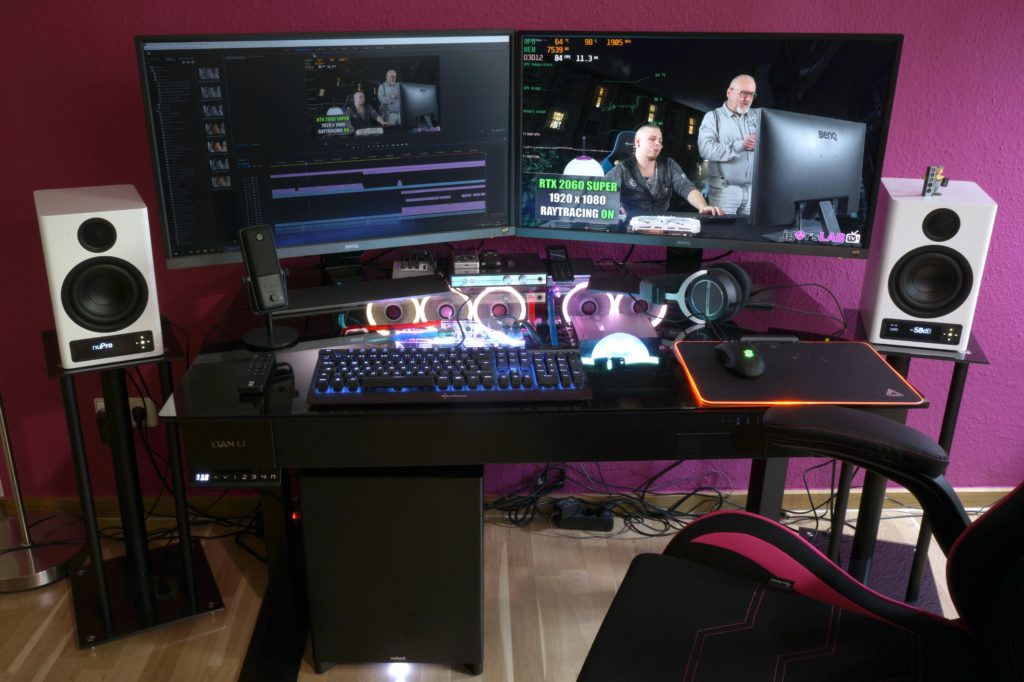

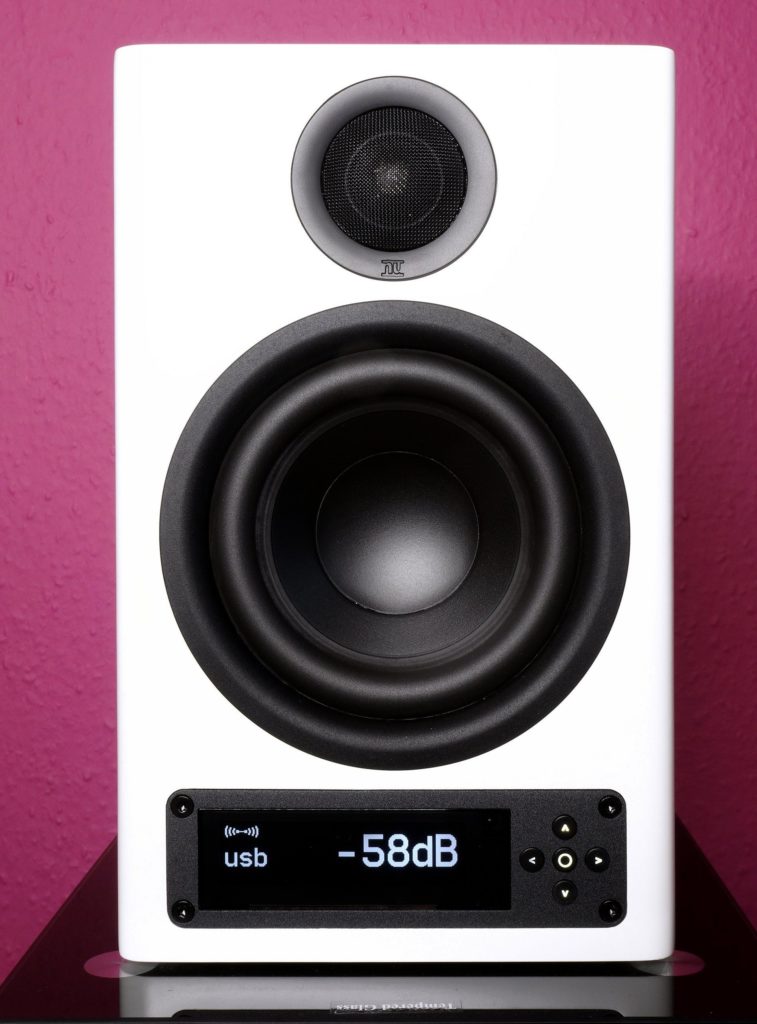
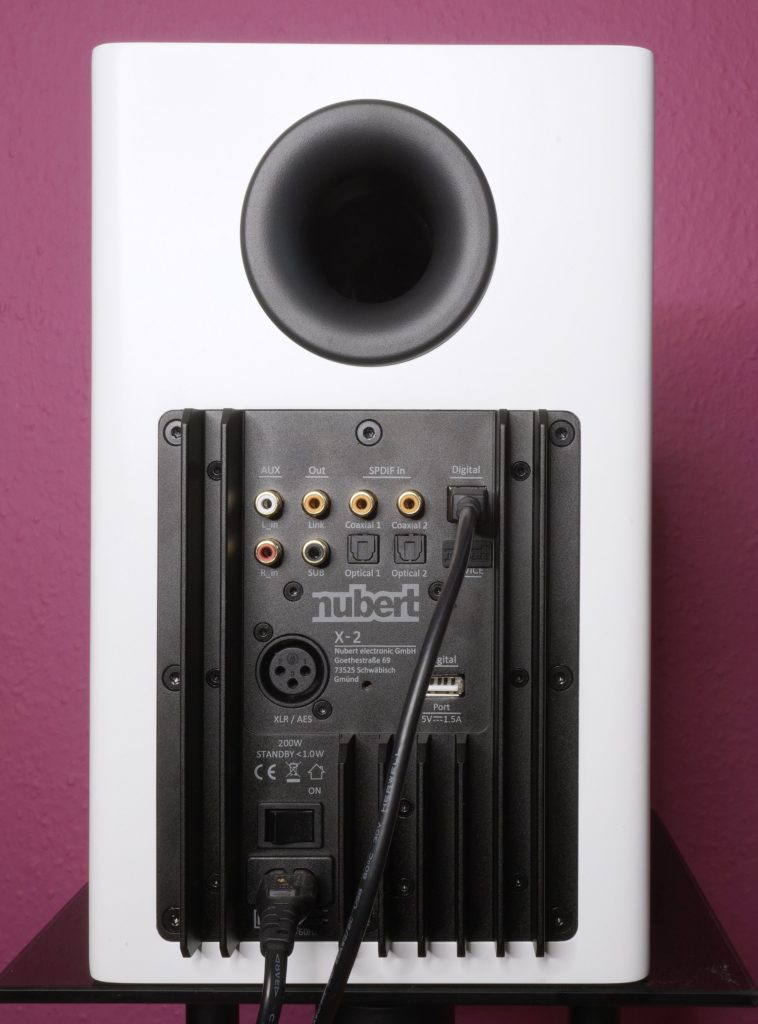
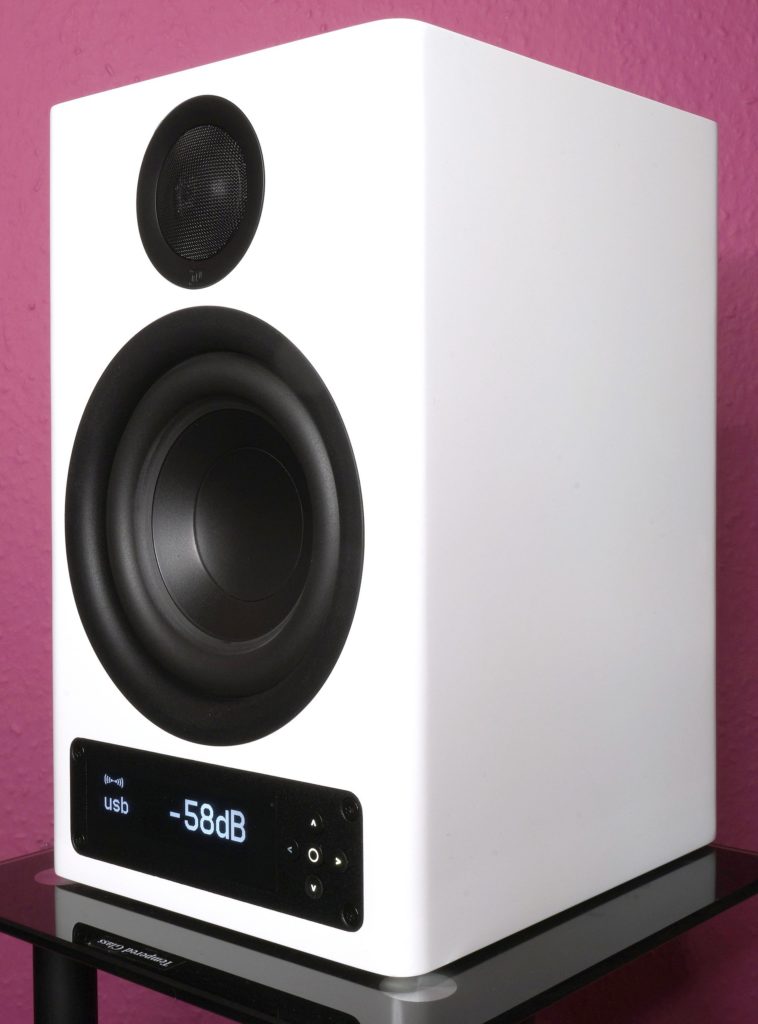
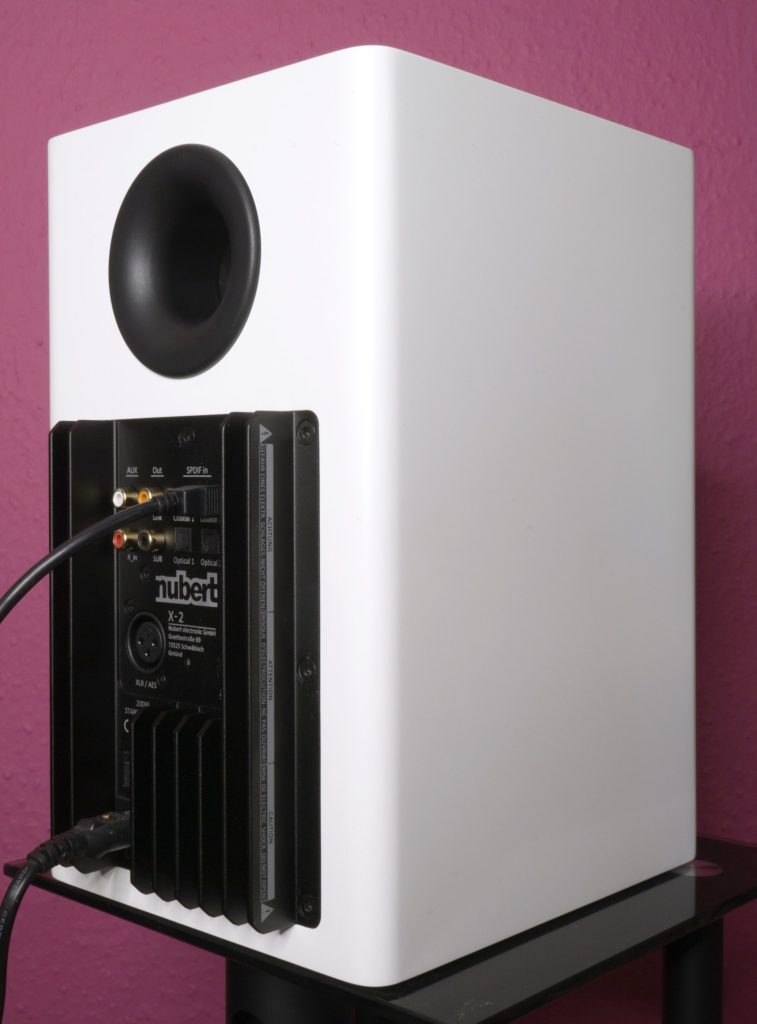

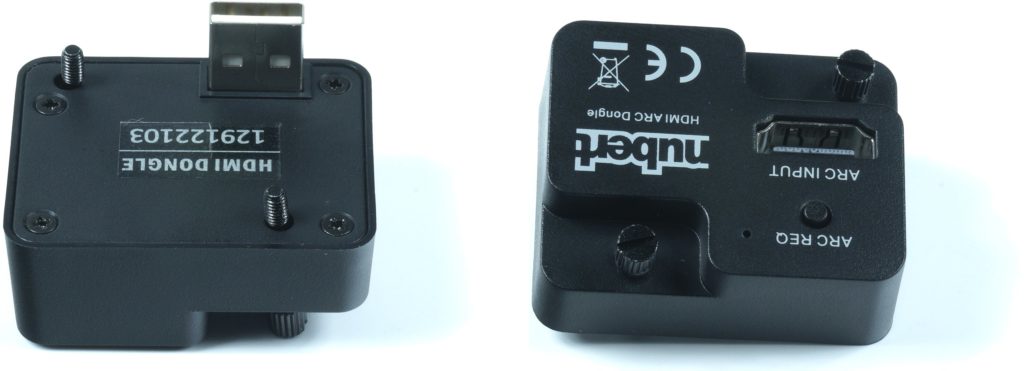
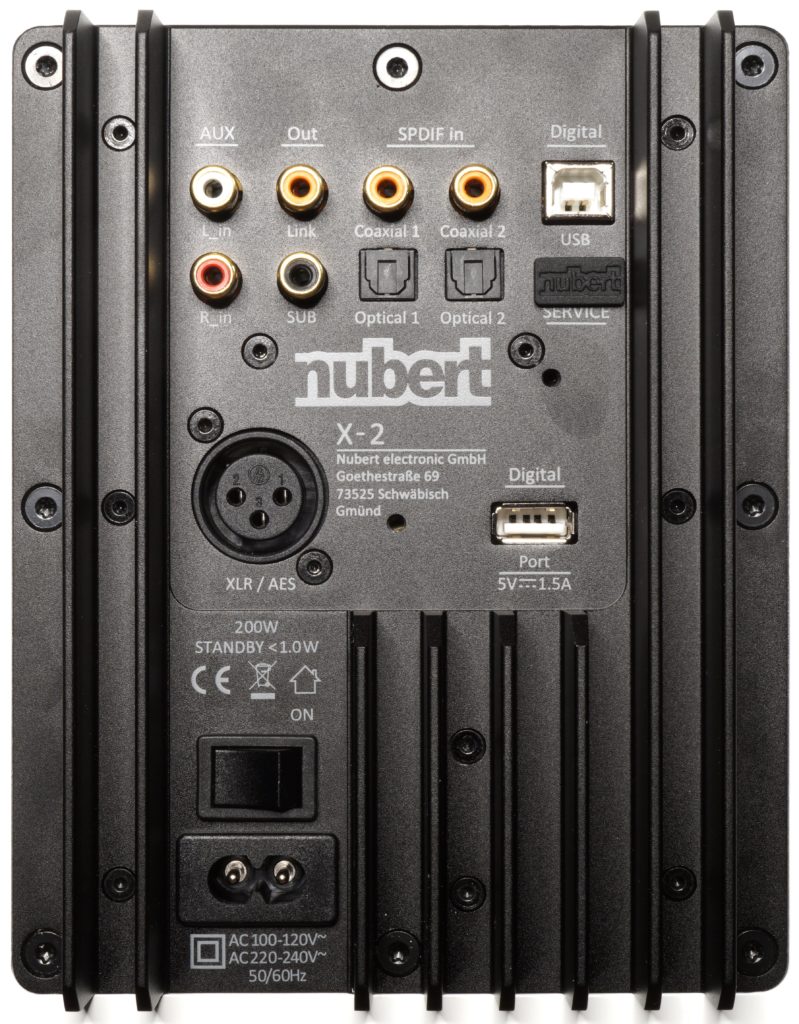


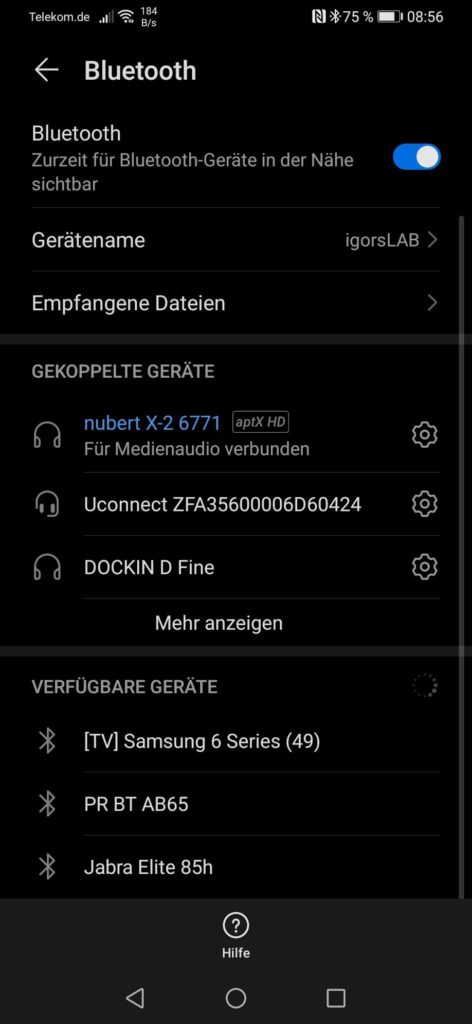
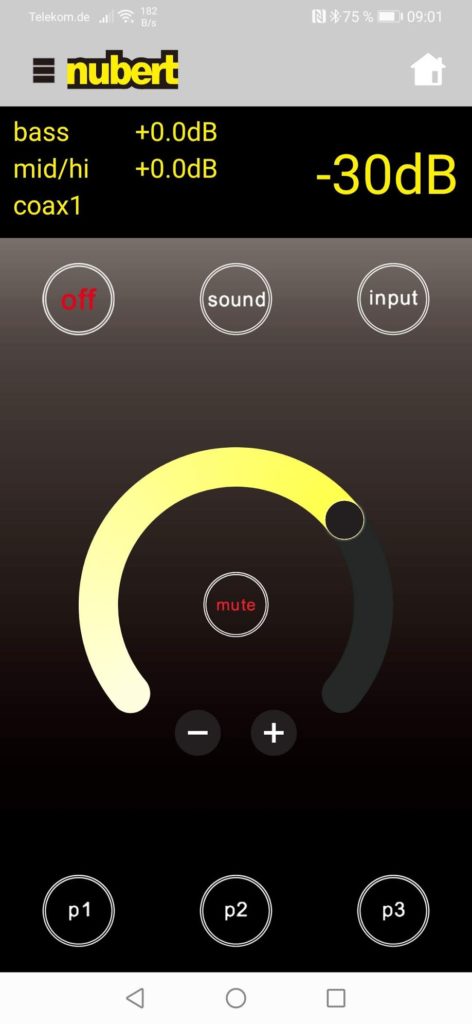
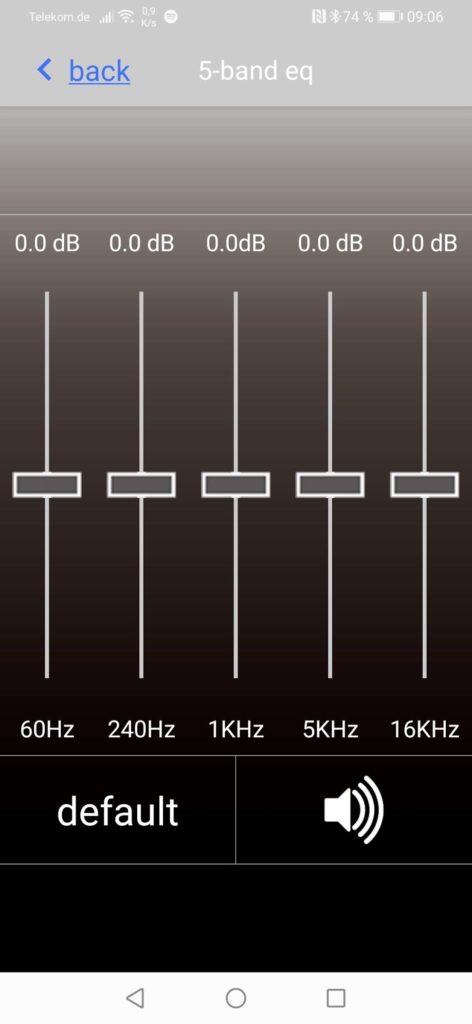
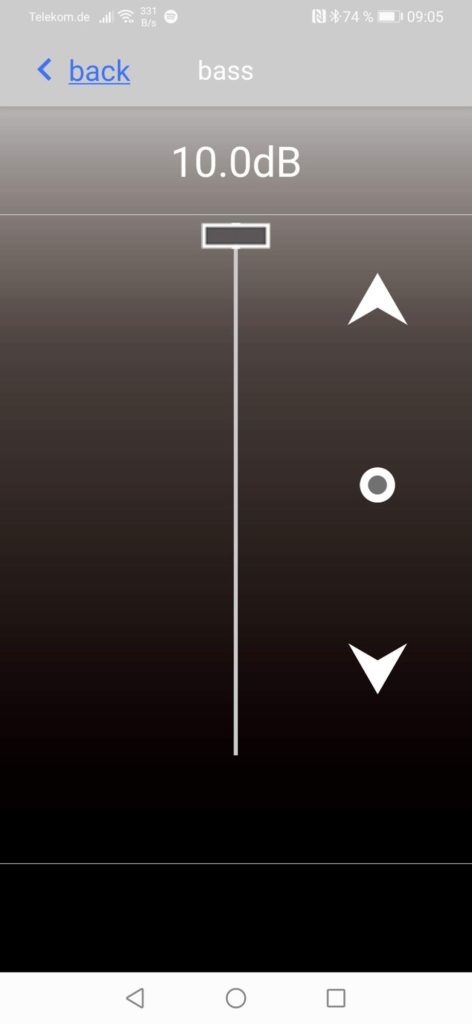
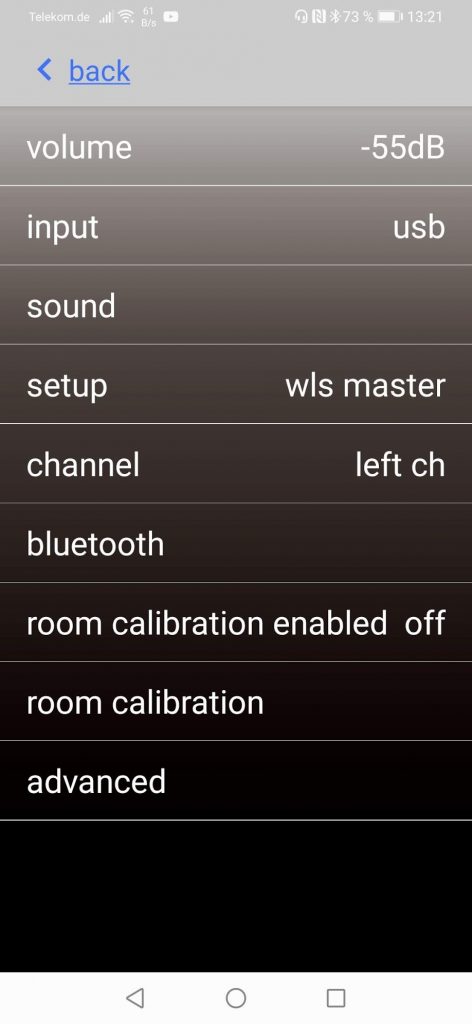
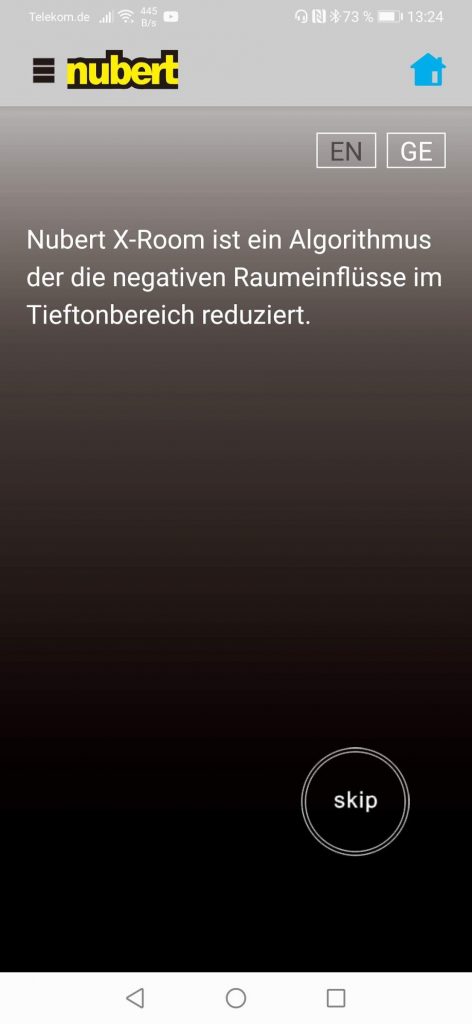
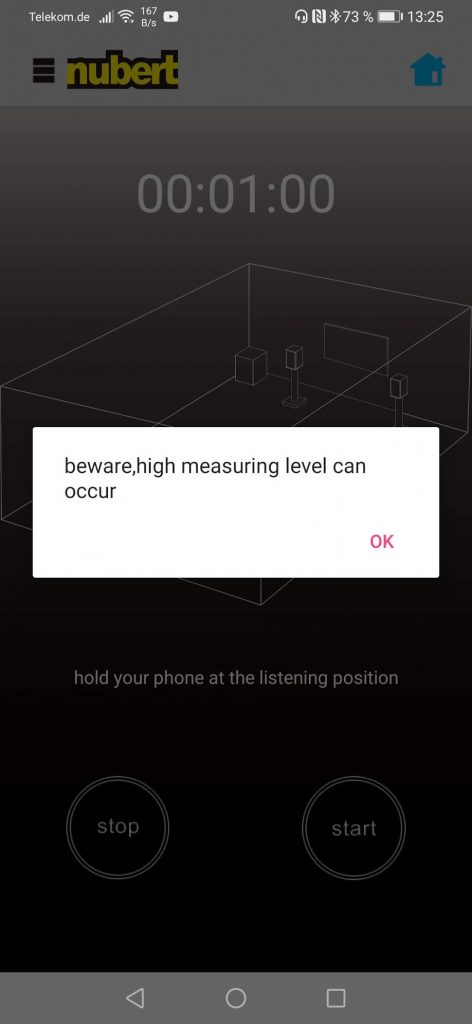
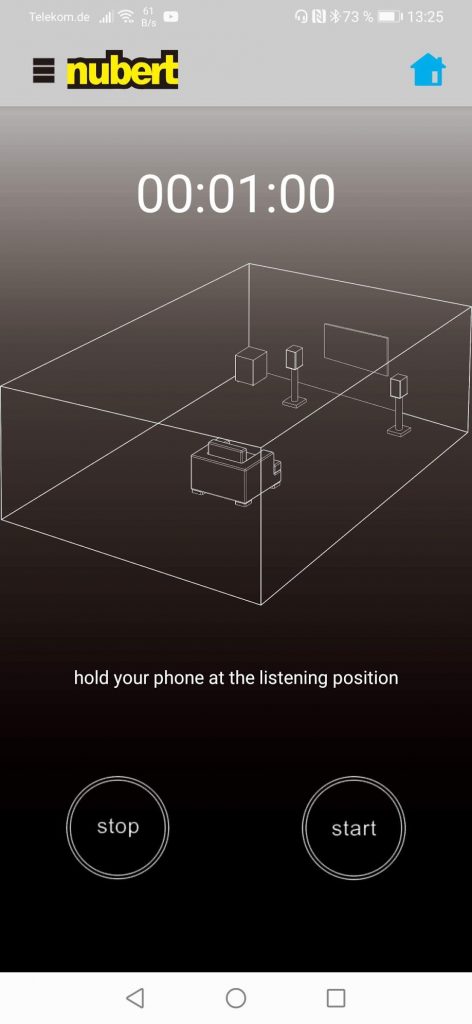


















Kommentieren